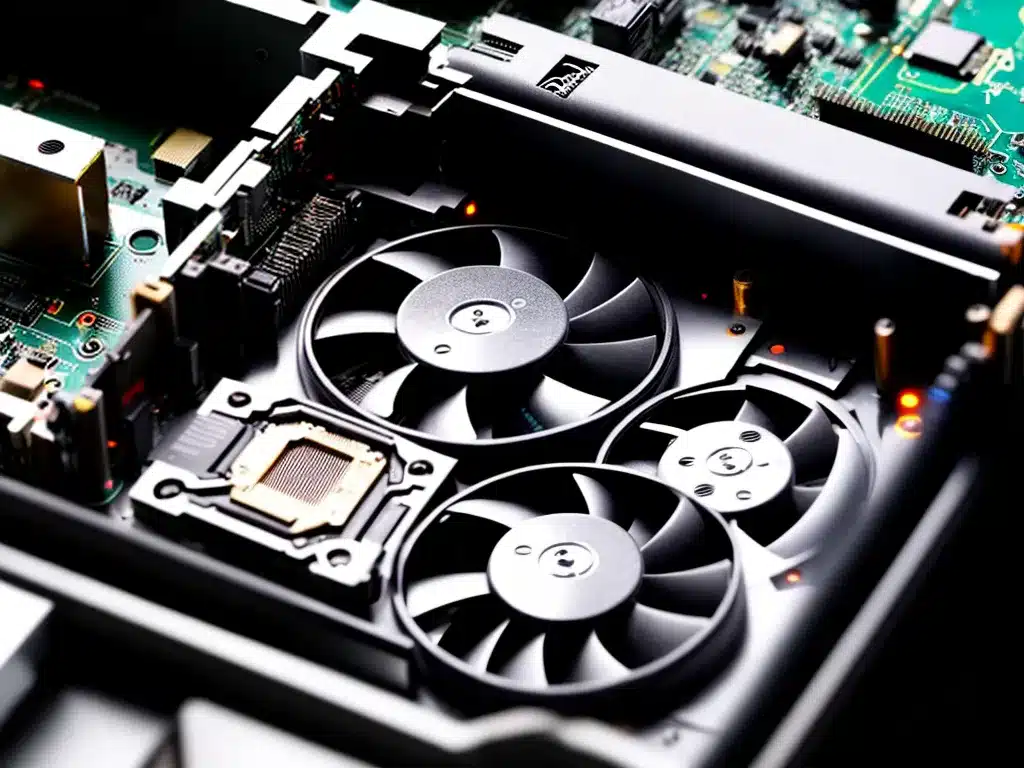
Having your computer fail to display anything on startup can be frustrating and worrying. However, with some targeted troubleshooting, you can often identify and resolve the underlying issue. Here are some tips for troubleshooting motherboard and graphics card problems that may cause no display on startup:
Motherboard Issues
The motherboard is at the heart of your computer, so problems with it can certainly lead to display issues on startup. Here are some things to check:
Check Connections
Make sure all cables are properly connected to the motherboard, including the 24-pin ATX power cable, 8-pin CPU power cable, and front panel cables for power button, reset button, HDD activity light etc. Re-seat cables firmly.
Test Power Supply
Use a multimeter or paperclip test to ensure the power supply is functioning properly and delivering stable power to the motherboard.
Clear CMOS
Reset BIOS settings to default by removing the CMOS battery for a few minutes or shorting the CMOS jumper pins.
Inspect for Damage
Carefully examine the motherboard for any signs of burnt components, bulging/leaking capacitors, or physical damage. If present, the motherboard likely needs replacement.
Try Onboard Graphics
If you have an integrated GPU, connect monitor to onboard video outputs instead of discrete graphics card to isolate issue.
Graphics Card Problems
Graphics card issues like failed initialization or malfunction can also lead to blank display on startup:
Re-seat Graphics Card
Remove and firmly reinsert graphics card into PCIe slot to ensure proper contact. Also check power cables to GPU.
Try Integrated Graphics
Use motherboard video outputs instead of discrete graphics card. If display works fine, graphics card is likely faulty.
Test in Another PC
Try your graphics card in another PC to see if display works normally there. Points to graphics card failure.
Update GPU Drivers
Download and install latest drivers from AMD or Nvidia for your graphics card. Outdated drivers can prevent display.
Clear CMOS
Reset BIOS settings to default in case graphics card was disabled or conflicts with settings.
Check GPU Power Cables
Make sure PCIe power connectors to graphics card are fully inserted. A loose connector can cause startup issues.
By methodically checking connections, power delivery, drivers, hardware damage and trying integrated graphics, you should be able to isolate whether the root cause lies with the motherboard or graphics card. This will then inform the correct course of action – simple cable re-seating, driver update or hardware replacement. With the right troubleshooting, you can get your PC displaying properly on startup again.












